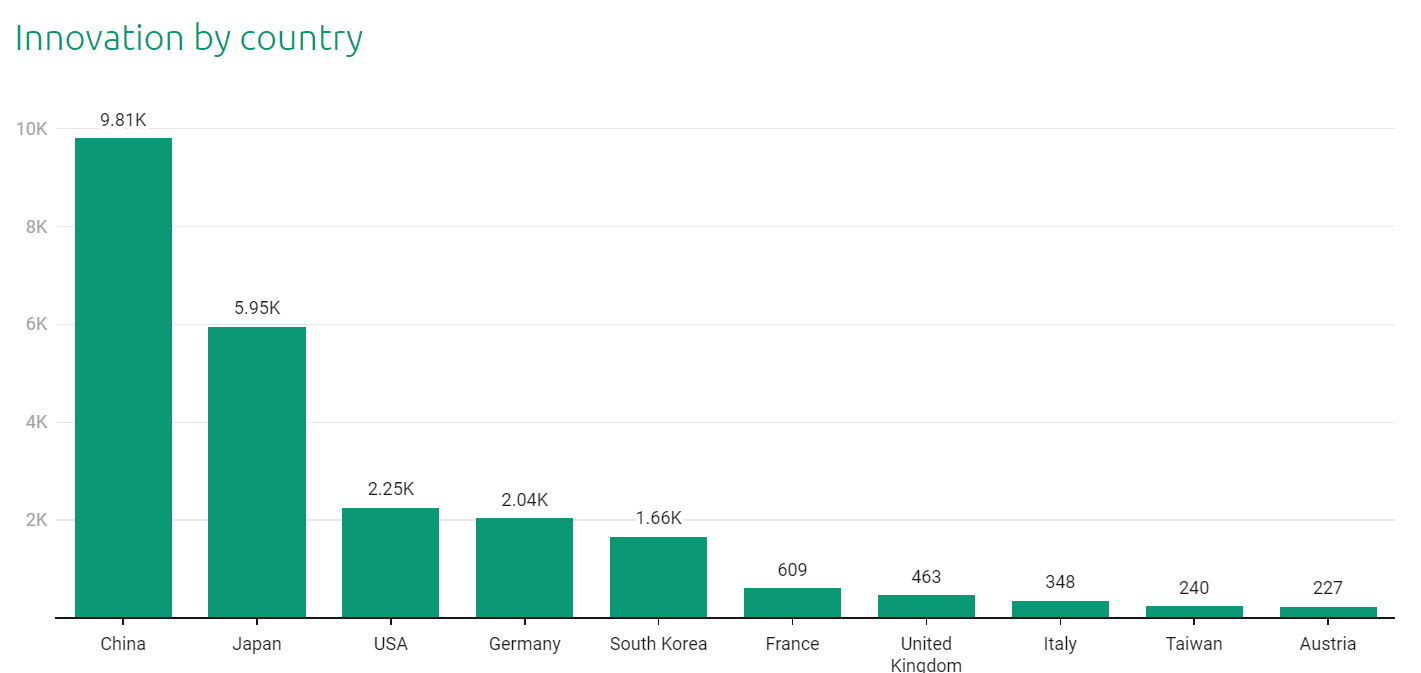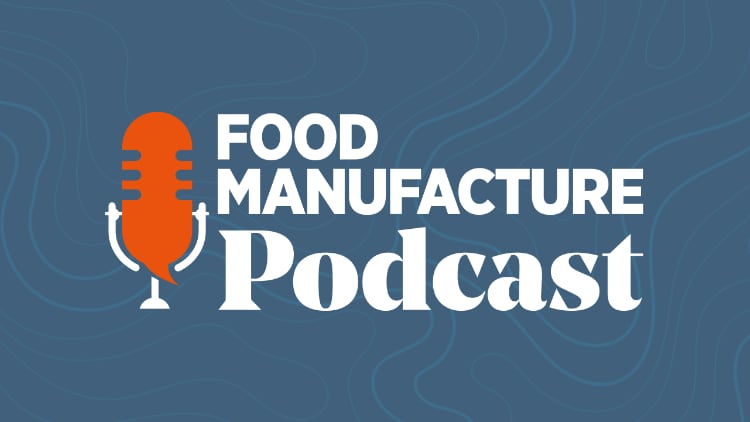Sustainability has been a buzz word for the food and drink manufacturing industry for some time now, but the solution to processors’ concerns surrounding their effect on the environment and factors such as food waste are sometimes vague and hard to action.
Committing to a circular economy has long been touted as the direction the industry must head in to make sustainability improvements. From fully recycled and recyclable packaging and self-sustaining agriculture practices, the circular economy creates a closed loop where nothing is lost in the process of making food.
But the question remains: how do I incorporate circular design in my business and what risks should I be aware of when embarking on this journey?
Promoting the circular economy
One organisation championing the creation of a circular economy in the UK is the Ellen Macarthur Foundation through its Big Food Redesign Challenge.
Launched in partnership with the Sustainable Food Trust, the challenge tasks participants to design new food products – or redesign existing ones – using circular design principles, with successful pitches landing shelf space in Waitrose stores across the country.
Key to the success of the challenge is the level of support being given to participants in the challenge. Along with the support of world-leading circular economy and regenerative production experts, challengers can join a ‘bespoke challenge platform’ to support pre-competitive collaboration and networking, and to join a series of learning events with access to expert support.
Speaking at the launch of the challenge, Waitrose and Partners senior environment manager Ben Thomas hoped the project would spur producers to take the plunge on integrating circular design principles into their products.
“I think the biggest problem again is being brave enough to really start getting behind the movement. Customers assume we’re doing great things already, so do they really need another terminology to frame it? It’s about understanding what regenerative agriculture is and circularity more broadly and what that means for our food systems and products.”
In spite of these challenges, Thomas pushed for more food and drink firms to embrace the circular economy and to hold onto whatever drives that change.
“Essentially, just hold your ground,” he added. “Stick to your own set of morals and ensure what you’re doing you’re 100% behind it because it is going to be challenging if you’re new to it. Getting the concept and actually making it work are two very different things.
“There are going to be peaks and troughs, there is going to be a transition – for want of a better word. It will be easier for some rather than others, but generally it is just ensuring you stay behind it and stick at it because it will come to fruition.
“A lot of retailers are looking to engage with farmers doing the right thing. We know we’re responsible for our impact on biodiversity in the supply chain and we, ultimately, have to be the driving force changing that.”
Packaging innovation and the circular economy
Probably the biggest innovations being made in the area of circular economy are coming out of the packaging industry. For food and drink manufacturers, one of the easiest ways to boost their sustainability credentials is to make sure that their packaging can be recycled and – in an effort to promote the circular economy – is made from recycled materials.
Most packaging businesses operating in the food and drink space are ahead of the curve and have proven their commitment to the idea of a circular economy – a recent study from material technologies business Aquapak found 85% of companies have a circular economy strategy that involves reusing and recycling existing materials and products as long as possible.
However, it also found that just 20% of businesses were acting ahead of forthcoming legislation, such as the revised European Commission’s Packaging and Packaging Waste Directive – provisions include requiring all packaging to be recyclable by 2030 and extended producer responsibility across the entirety of the packaging life cycle.
“While the findings suggest that the proposals for new recycling and recycled content targets in Europe could be more challenging and even include additional targets, there are also significant barriers to overcome in the development of alternative materials to plastic and key recycling infrastructure.
“We need to accelerate the development of new technologies such as novel polymers which offer functionality and positive end of life outcomes such as recyclability, compostability and biodegradability.
“Greater industry collaboration, increasing support by creating technical centres of excellence, and investment from a variety of sources is needed to scale up new technologies which will accelerate the drive for change to speed up the transition to the circular economy.”
Innovation in plastic packaging
While European food businesses have voiced their willingness to embrace the circular economy, there’s still a long way to go if they wish to catch up with their counterparts in Asia.
According to research by GovGrant, innovation in plastic technology has more than tripled since 2015 as a result of international legislation. However, China and Japan accounted for about half of all patent applications in the past two decades – the UK trailed away in seventh position.

[Insert box here]
The UK market is taking steps to grow influence in the area, following recent announcements of a further £3.2m investment in UKRI’s Smart Sustainable Plastic Packaging (SSPP), representing the largest UK government investment in sustainable plastic packaging.
Akshay Thaman, IP consultant and policy lead at GovGrant, said policy initiatives, alongside innovation, played a role in reducing the impact of plastic waste globally – the increased policy measures to curb avoidable plastic waste, coupled with the increase in innovative activity in this area, suggested that there was political and societal pressure for novel solutions.
“The increase in innovative activity also suggests that this is becoming an increasingly competitive market and one that is still developing,” he continued. “The UK has a role to play in advancing plastic innovation. We are already world leading at policy implementation to influence consumer behaviour, however, there is work to do on incentivising plastic innovation.
“For example, the UK omitted plastic innovation from its 10-point plan for a Green Industrial Revolution in 2020. If the UK wants to be serious about plastic innovation, it needs to set a plan. I believe that plastic production is here to stay, however, improving the way we manage plastic waste is the key to achieving a circular economy and sustainability.”
Balancing sustainability with shelf life
With all this focus on making sure packaging is made sustainable and can be easily recycled, there is a danger that the primary function of food packaging can go overlooked – keeping food fresh, undamaged and safe to eat.
Having a piece of packaging that can be recycled over and over again indefinitely – see aluminium for an example – it all comes to nought if the product inside has spoiled by the time a consumer goes to use it. What’s worse, this impact to shelf life leads to more food being wasted, making to exercise in sustainability ultimately pointless.
As Campden BRI explained, processors need to look beyond the ‘smoke and mirrors of sustainable packaging’. For instance, if the packaging material allows gases, moisture, light and microbial contaminants in, then it inevitably shortens shelf life, leads to higher food waste and the squandering of valuable resources and, consequently, resulting in a far bigger carbon footprint.
With these factors in mind, manufacturers must be wary that they have a responsibility to make sure the packaging they choose is the right one for the food and beverage type, storage conditions and protects against contamination.
Many tests determine whether packaging is fit for purpose. Campden BRI advocates testing packaging over every product’s shelf life.
The rational, explained Campden BRI’s microbiological expert Linda Everis, is threefold: to mitigate the transfer of constituents; to ensure pack and seal integrity is maintained and testing the affect of microorganisms on barrier properties.
“Given the number of new materials entering the market, many with little historical data, testing the material in conjunction with the product to ensure they are both compatible over the product’s shelf-life is vital,” she concluded.





